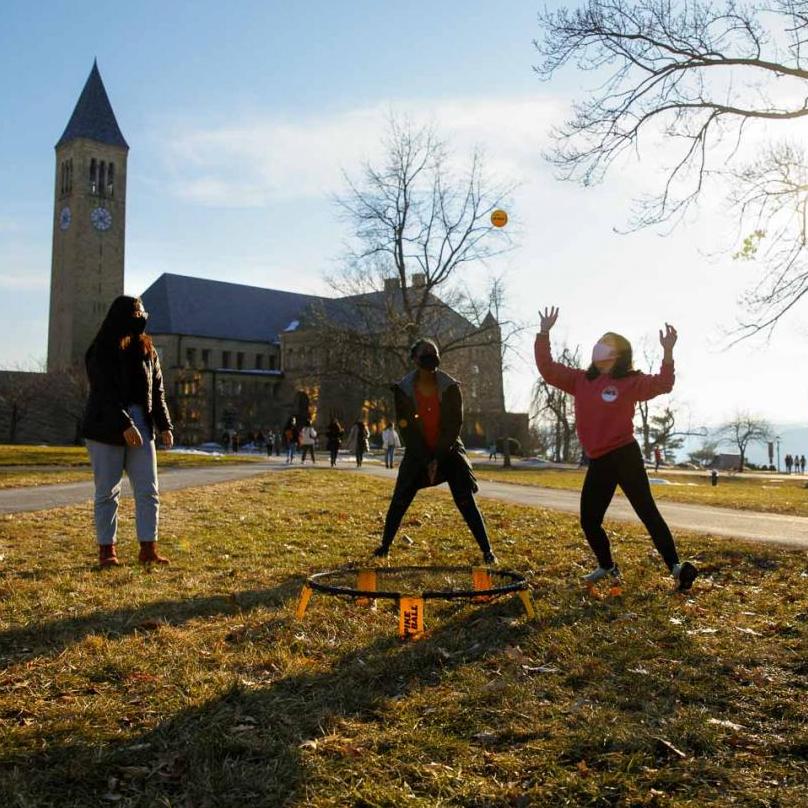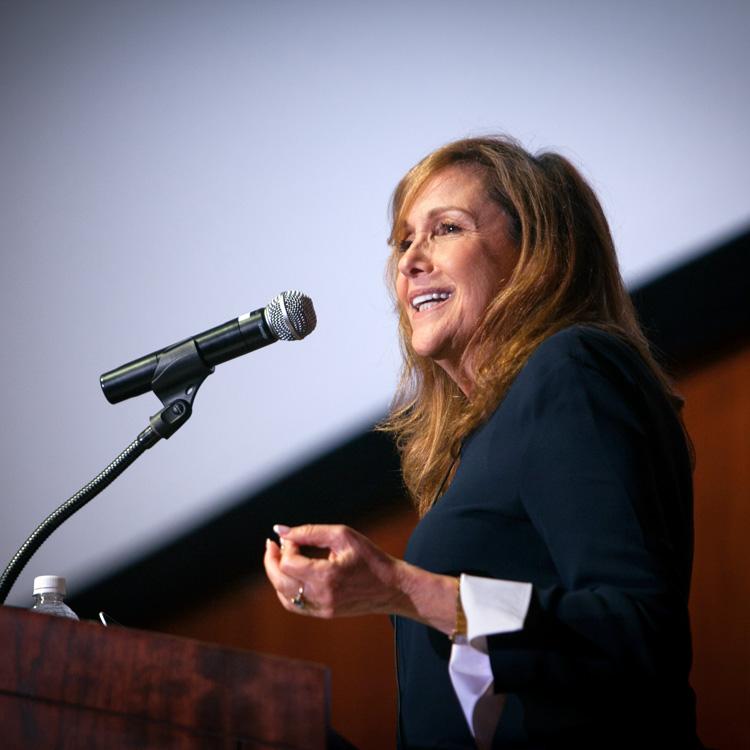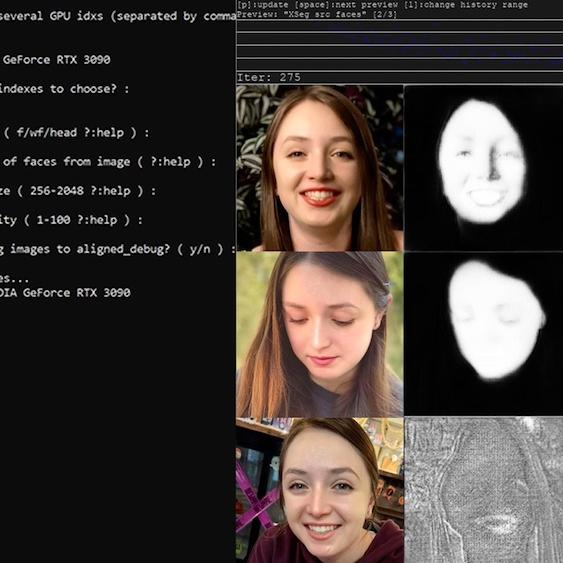Celebrating 100 Years of Disney
Following the success of “Studio Ghibli Sundays” last spring, Cornell Cinema looks forward to celebrating “100 Years of Disney” with weekend matinees of some of the studio’s most beloved films.
The series opened on Labor Day weekend with Fantasia, and continues Sun Sept 10 with Lady and the Tramp.
Tracing how the Disney brand has evolved over the past century from an aesthetic, technological, and business perspective, the series will feature roughly one film from each decade of the studio’s existence.
Beginnings
Far from the mega-company of today (Marvel, Lucasfilms, Pixar, ESPN, etc.), Disney was a scrappy start-up by brothers Walt and Roy, when they established Disney Brothers Studio in Hollywood on October 16, 1923.
Of today’s major studios, Disney was last to the gate, and not considered a major league contender.
What they had was a one-reel wonder, Alice’s Wonderland, featuring a live-action Alice plus animated creatures, and a contract to make more Alice comedies.
In 1927 the renamed Walt Disney Studio received a contract for a new series of shorts, and the character Oswald the Rabbit was born, hero of the first fully animated Disney films. Following a contract dispute, Universal, who owned the rabbit’s rights, snagged most of Disney’s animators away.
Walt Disney replied by refashioning Oswald as Mickey Mouse. The Mouse premiered in Steamboat Willie (1928), which featured another fairly new technology: synchronized sound. Mickey was a hit, and Disney was quickly churning out Mickey shorts, soon branching into Technicolor with Silly Symphonies (where Donald Duck made his debut), which started a streak of Oscars to Disney for Best Cartoon (1931–1939.)
Mickey Mouse also virtually invented film-related merchandising (the first fictional character ever to be licensed) including the debut of the Mickey Mouse watch in 1933.
Walt’s next big project would be a feature length animation. Announced in June 1934, Snow White and the Seven Dwarfs was widely derided as “Disney’s Folly.” It would go on to be the highest grossing film of 1937, and it remains the 10th highest grossing film of all time, when adjusted for inflation (Box Office Mojo).
The studio invented a multi-plane camera which gave the backgrounds an illusion of depth, created individual characters for the dwarfs, and combined humor with a gothic atmosphere which owed much to European filmmaking.
After following up with Pinocchio (1940) (further advancing animation effects, such as realistic smoke, shadow, rain and lightning), Walt would push the envelope of animation even further.
Disney: 1940s
Our series begins with Disney’s third animated feature, Fantasia (1940), a complete departure from Snow White and Pinocchio: non-talking narrative and abstract sequences in which music takes the lead.
In 1938 Walt ran into problem: production costs on a nine-minute Mickey short, The Sorcerer’s Apprentice, to music by Paul Dukas conducted by the famed Leopold Stokowski with an 85-piece Hollywood orchestra, were running too high to see a profit. In response, a concert film was conceived. Stokowski was re-engaged, classical pieces were chosen, and the score was recorded by Stokowski’s Philadelphia Orchestra at their home base, the Academy of Music, utilizing a sophisticated eight-track recording set-up, and the first use of a click track.
The original release of Fantasia involved the first use of stereophonic surround sound. Thirteen theaters, one per city, were specially converted to play back the film, in a “road-show” distribution. After its two years playing in just thirteen cities, Fantasia wouldn’t be heard in its original glory until a 1990 50th year restoration with Dolby Stereo.
(The Sorcerer's Apprentice was also notable for adding pupils to Mickey's eyes.)
Partly due to the war, Disney released only two more full length animations in the 40s: Dumbo and Bambi, along with several “package films” (eg., The Three Caballeros). Like many studios, they also produce propaganda films for the government.
The 1950s
The 50s saw a series of nature documentaries (True-Life Adventures), the first live action only films (Treasure Island (1950), 20,000 Leagues Under the Sea (1954) in Cinemascope), the start of their own distribution company (Buena Vista), the building of Disneyland, and forays into television (Disneyland, Davy Crockett, The Mickey Mouse Club.)
1950 also marked a return to feature length animation with Cinderella, to be followed by such classics as Alice in Wonderland (1951), Peter Pan (1953), and Sleeping Beauty (1959).
Cornell Cinema will feature 1955’s Lady and the Tramp (originally released in both Cinemascope and Academy ratio [1.375:1]), a splendid example of the meticulous hand-drawn animation characterizing Disney’s “golden age.”
It was one of the first animations to feature a celebrity voice, with pop and jazz singer Peggy Lee, who co-wrote six of the film’s songs, as the sultry Pekingese Peg and several other characters.
An out-and-out rom-com, with pampered Lady and street-wise Tramp, the film features the now iconic kiss when Lady and Tramp meet on a strand of spaghetti. The original box office for Lady and the Tramp was Disney’s best since Snow White.
The 1960s
The 60s saw Disney pushing its family brand, branching into live-action comedies (often with special effects) with such regular leads as Dean Jones (The Love Bug), Fred MacMurray (The Absent-Minded Professor) and child stars Haley Mills (The Parent Trap) and Kurt Russell.
Television continued with Walt Disney’s Wonderful World of Color. Planning began on Florida’s Disney World. Walt died in 1966 and his brother Roy took over the reins.
Cornell Cinema will screen 1964’s glorious live action and animation feature, Mary Poppins, the only one of Disney’s films to be nominated for Best Picture in Walt’s lifetime.
For over two decades Walt chased P.L. Travers for the rights to her novels of the magical English nanny, finally getting her to agree in 1961 (Travers retained script approval.) He already had the in-house team of brothers Richard M. and Robert B. Sherman for the songs.
Julie Andrews, who had achieved fame on Broadway originating Eliza Doolittle in My Fair Lady, was cast as Mary, after Jack Warner picked Audrey Hepburn over her as Eliza for the film version (also released in 1964).
Andrews’ revenge was scoring both the Oscar and the Golden Globe for Best Actress in her film debut. At the Globes she famously quipped, “My thanks to a man who made a wonderful movie and who made all this possible in the first place—Mr. Jack Warner.”
A grand musical, Mary Poppins is populated by legendary character actors in several of the smaller roles, including Ed Wynn as Uncle Albert, Hermione Baddeley as the maid, Elsa Lanchester as a nanny, and Jane Darwell (The Grapes of Wrath) as the Bird Woman in her final movie role.
The 1970s
Not the best decade for Disney, the 70s started well enough with 1971’s Bedknobs and Broomsticks, a Mary Poppins style film starring Angela Lansbury. 1971 also saw the opening of Disney World and the death of Roy Disney. Other notable releases of the 70s were The Rescuers, Freaky Friday and Pete’s Dragon.
Cornell Cinema will screen Disney’s attempt at emulating Star Wars: the 1979 live action release The Black Hole. As with 20,000 Leagues Under the Sea, Disney recruited an all-star cast: Maximillian Schell, Anthony Perkins, Robert Forster, Joseph Bottoms, Yvette Mimeux and Ernest Borgnine. The film’s special effects, done in-house, are its main selling feature.
The 1980s
The 80s were marked by a move into more adult-oriented films under the brand Touchstone Pictures. Disney had a remarkable turn-around in profits under new CEO Michael Eisner.
In terms of animation, the end of the decade showed new promise. In 1998 Roger Zemeckis directed the stunning live-action/animation spectacular Who Framed Roger Rabbit?
Then in 1989, Disney released the film The Little Mermaid with an amazing score by Howard Ashman and Alan Menken, which heralded the “Disney Renaissance.”
The 1990s
Broadway style animated musicals dominated the 90s, beginning with Ashman & Menken’s Beauty and the Beast (1982), which was the first animated feature ever to be nominated for Best Picture.
Aladdin, Pocahontas, Hercules, and The Hunchback of Notre Dame would follow from Menken (lyricist Ashman died of AIDS during work on Aladdin.)
In 1995, Disney began its string of theatrical adaptations by opening a version of Beauty and the Beast on Broadway.
Other than the CGI generated 360-degree ball sequence, Beauty was primarily a traditional hand-drawn film. But the 90s would see Disney animation move into other techniques as well.
Cornell Cinema offers two films developed in the 90s by former Disney animators who ended up re-teaming with Disney for two stunning animations.
Tim Burton had been a bit too weird for Disney; he was fired from their animation unit after he made the short Frankenweenie (1984). At that point, the late Paul Reubens hired Burton for to direct his first feature: Pee-Wee’s Big Adventure (1985). Beetlejuice (1988), Batman (1989) and Edward Scissorhands (1990) soon followed.
But Burton, who had grown up making stop-motion animations, yearned to create a stop-motion feature in his signature Gothic style. The Halloween tale, The Nightmare Before Christmas (1993) was based on Burton's original story, world, and characters. However, since he was busy with Batman Returns (1992), he turned over direction of this three-year project to Henry Selick.
In 1991, Pixar was a computer animation studio under CEO Steve Jobs with only a few commercials and shorts to its name.
After Pixar's 1988 short Tin Toy won Pixar’s first Oscar, Disney (which was already using Pixar created technology) agreed to co-produce and distribute Pixar lead John Lassetter's Toy Story (1995).
The computer animated film, featuring the vocal talents of Tom Hanks, Tim Allen, Don Rickles, Wallace Shawn, and Annie Potts was an immediate hit and ushered in the reign of computer animation, including such Pixar hits as Monsters, Inc.; Finding Nemo; The Incredibles; Ratatouille; Wall-E; Up; Inside Out and Coco.
The 2000s
The aughts would feature Pixar co-productions over and over, beginning with Monsters, Inc. in 2001. Disney finally acquired Pixar in 2006. Eisner was ousted, the Muppets franchise was acquired, and Bob Iger became CEO.
Cornell Cinema will screen Pixar’s eighth feature, Ratatouille (2007), directed by Brad Bird (The Iron Giant, The Incredibles). Special attention was paid to the natural movement of rats, as well as food prep and display in the filming.
Ratatouille won the Oscar for Best Animated Feature. Instead of a number of catchy tunes, it is scored like a traditional Hollywood picture by Oscar-nominated Michael Giacchino.
The 2010s
The teens saw Disney’s final traditional animation (Winnie the Pooh, 2011); a slew of sequels, Marvel films, Star Wars films, and a huge move into streaming.
But what animated film can outdo Frozen , with Idina Menzel’s rendition of “Let It Go” the thrill and despair of many a parent?
Cornell Cinema ends its series with a Frozen Sing-Along, featuring the wonderful songs of husband-wife team Kristen Anderson-Lopez and Robert Lopez. The film’s focus on sisters further upended the Disney princess syndrome.
The 2020s
Disney animation continues strong in this decade, as 2020’s Soul, Pixar’s first to feature a Black protagonist, proves. Another film helmed by Pete Docter (Monsters, Inc; Up; Inside Out), it maintains Docter’s interest in complex interior emotions. Soul not only won an Academy Award for Best Animated Feature, but also for Original Score (Trent Reznor, Atticus Ross & Jon Batiste).





